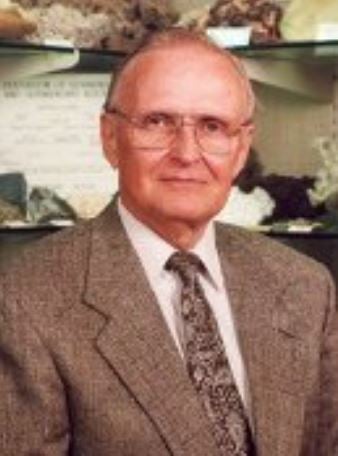We are excited to welcome our new Academic Advisor, Matt Laird, who joined the Department of Geological and Mining Engineering and Sciences (GMES) this fall! In addition to advising, Matt will serve as the liaison with the Essential Education program and participate in our recruitment and outreach efforts.
He holds a B.S. degree in Applied Geophysics and an M.S. degree in Geophysics from Michigan Tech. Being an alumnus of our department, Matt is well-acquainted with our science and engineering programs.
Matt brings extensive experience successfully working with diverse populations of students as a college academic advisor, instructor, and high school math and physics teacher. He is particularly passionate about helping students navigate their academic journeys and explore career opportunities in geoscience.
“I’m thrilled to be back at Michigan Tech and to have the opportunity to give back to the community that shaped my own academic and professional path,” Matt shared. “I’m looking forward to connecting with students and supporting them in achieving their goals.”
In addition to his role with GMES, Matt will also serve as an academic advisor for the Department of Civil, Environmental, and Geospatial Engineering (CEGE), and will collaborate with the College of Engineering on recruitment activities.
Outside of work, Matt enjoys reading and music, as well as hiking and exploring the natural beauty of the Upper Peninsula, which he believes enriches his connection with the field of geoscience.
Please join us in welcoming Matt to the team!




















